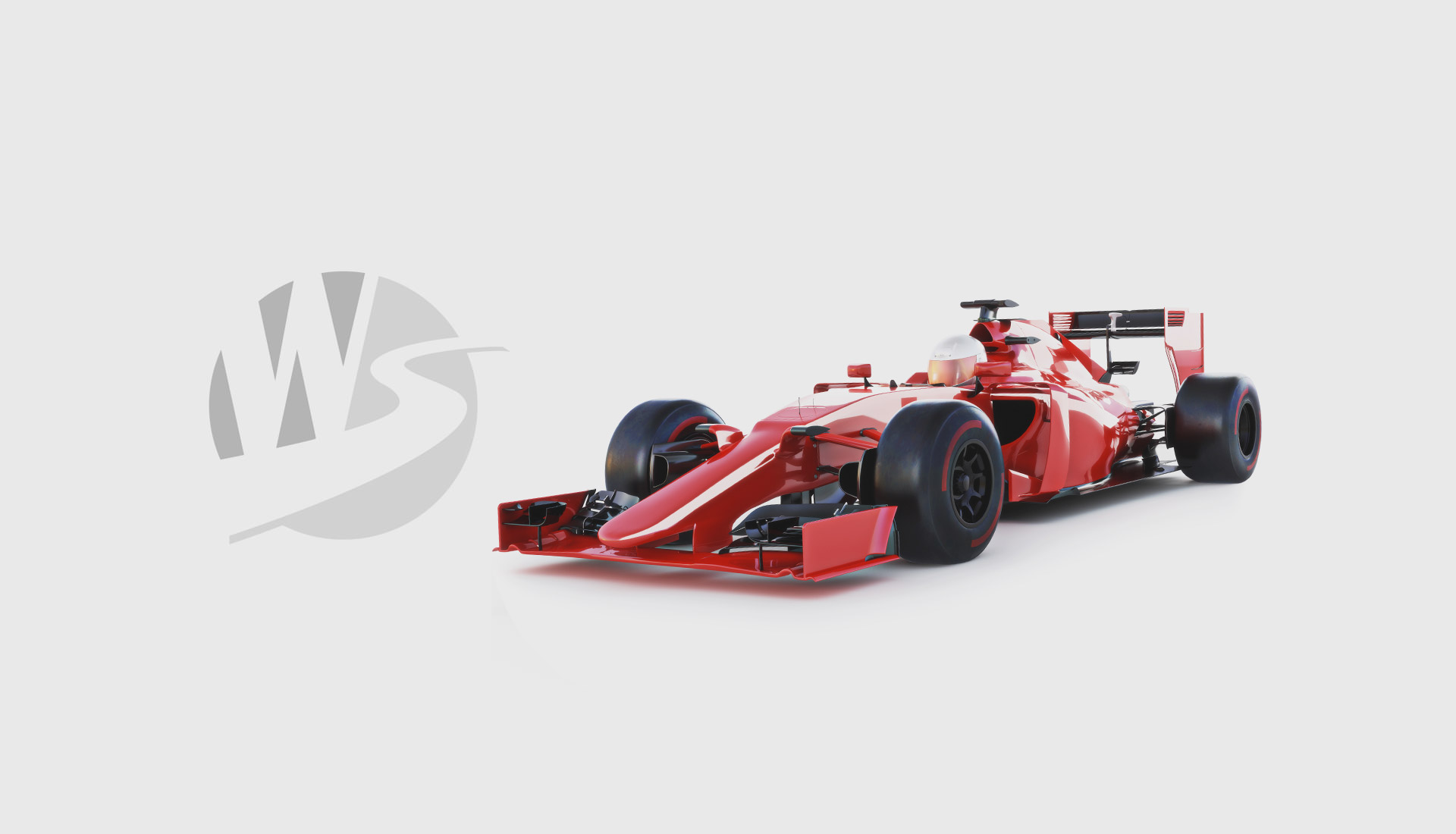Titanium alloys are widely used in various sectors, among which the most relevant are:
The main common characteristic to all titanium alloys is the excellent ratio between mechanical strength and the density. High resistance to corrosion (due to contact with chemical products or prolonged exposure to atmospheric agents), excellent weldability and good workability, are also common for all alloys.
To understand the specific characteristics of titanium alloys and their consequent use in various product sectors, we should take into consideration the chemical and physical properties of the main alloys, defined according to the ASTM nomenclature.
There is a second classification, suitable to indicate the degree of purity of each alloy.
Grade 1: defined as commercially pure. Excellent ductility to the detriment of a low breaking load. Excellent corrosion resistance.
Grade 2: also defined as commercially pure, however it has a higher percentage of oxygen. It is a widespread alloy thanks to its good ductility, good mechanical resistance and excellent resistance to corrosion. This kind of alloy is available in different shapes: tubular, round, plate.
Grade 5 (Ti6Al4V): Used mainly in the aerospace, motorsport and naval sectors. High breaking load, high resistance to corrosion but it is less ductile than the two previous alloys. It is used mainly for machining from solid and for the realization of mechanical and structural components.
Grade 9 (Ti3Al2,5V): It has very similar characteristics to grade 5 but it is used mainly for the production of pipes. Therefore, it’s it is widely used in the motorsport sector. Unlike the grade 2 alloy, which is also available in a tubular shape, it has better mechanical characteristics but at the expense of a lower percentage of lengthening.
Different alloys have therefore different application sectors and construction technologies.





